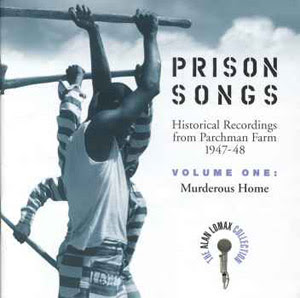1910

John Lomax

Lomax recording gear
US folklorist John Lomax publishes Cowboy Songs and Other Frontier Ballads.
Lomax would spend the rest of his life creating folklore societies and, with his son Alan Lomax, travelling to record oral history and American folk music. Much of John’s work, including more than 10,000 recordings, is preserved in the Archive of Folk Culture of the Library of Congress, which he heads until his death in January, 1948.

Alan continues the work, dogged the whole time by FBI interviewers. In the 50s he edits the 18-volume Columbia World Library of Folk and Primitive Music.

Alan Lomax
In December 1955 his ballad opera Big Rock Candy Mountain debuts, featuring Ramblin’ Jack Elliot. In April 1959 he produces the Folksong ’59 show at Carnegie Hall.
▷LOC John Lomax bio▹ ▷Lomax books▹ ▷Lomax bio▹ ▷Lomax audio archives (17000+)▹
1918
.jpg)
Victoria Hall, Geneva
The Orchestre de la Suisse Romande of Geneva, founded by Swiss conductor (and former math professor) Ernest Ansermet, gives its first concert.
From 1915 to 1923 Ansermet conducts Sergei Diaghilev‘s Ballets Russes. During WW1, he begins a close friendship with composer Igor Stravinsky, who was exiled in Switzerland, and who had introduced him to Diaghilev. The OSR gains international prominence after World War II through a long-term contract with Decca Records.
It specializes in modern (non-serial) music of elegance and color … Satie, Falla, Faure, Debussy, Ravel, Rimsky-Korsakov, Honneger. Ansermet heads the OSR until 1967. The orchestra is based in Geneva’s Victoria Hall.
Organ-maker Hammond begins producing the Novachord, an early — and likely the first commercial — polyphonic sound synthesizer.
It is first heard at the 1939 New York World’s Fair. Complex and heavy, it uses 163 tubes and 1000 capacitors to make sound waveforms with electronic oscillators, to control volumes with voltage-controlled amplifiers , and to shape the sounds with bandpass filters. It’s controlled with a 72-note keyboard. Pitch is temperamental.
In 1942 production ceases due to war shortages; in time over 1000 instruments are made.
( Novachord site ) ▷Samples ▹ ▷Novachord restoration project ▹
1955

US rocker Little Richard releases his breakthrough song, Tutti Frutti.

Womp-bomp-a-loom-op-a-womp-bam-boom!! Oh Rooody! It reaches USR&B#2 by the end of the month! and is the first black record to get significant plays on radio, reaching US#17.
▷About the original lyrics▹ ▷The scoop @ Cracked▹  1956, ‘Don’t knock the Rock’
1956, ‘Don’t knock the Rock’  France, 1966
France, 1966




 Antique phono gallery
Antique phono gallery OGG: Rachmaninoff playing
OGG: Rachmaninoff playing

 Back to Stay
Back to Stay 